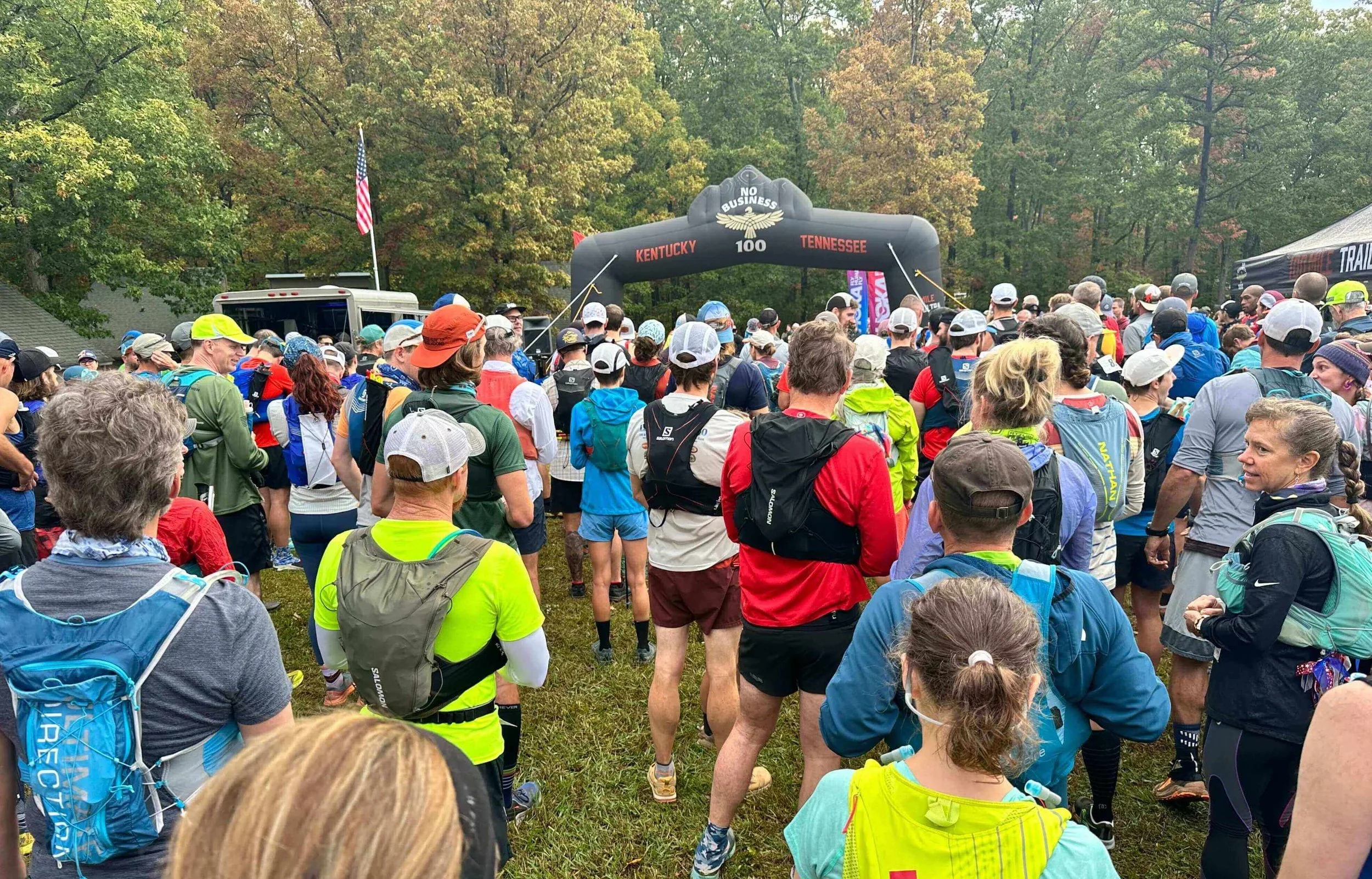How Even Small Strategies Affect Your Race Finish
Strategy makes getting to the finish line simple.
Even a little makes a difference.
In an ultra, your most basic goal is to get to the finish line…ahead of cutoff time.
Distance matters but time matters too. You don’t get an official finish if you get there after cutoff, so the faster you go, the better and the less stressful it is.
Runners have three ways to beat cutoff - gain time on cutoff, save the time cushion you have, and avoid wasting time.
Most runners target the third way - avoid wasting time - because it looks easiest. All you have to do is stop doing something you don’t need to do.
And the most popular way to go about this is to make aid station stops faster.
Aid stations are the obvious place to save wasted time because you’re stopped - you’re not even moving slowly toward the finish.
Saving time here can work but only to a point, because there’s only so much time you can wring out of an aid station stop.
There’s not as much wasted time as it seems in aid stations because they aren’t a waste of time. You’re doing important race things - eating, re-filling hydration, and getting a headlamp or layer for the night out of your drop bag. You’re doing something to help yourself finish.
And as far as the amount of time you save, if you have 10 aid stations and cut two minutes out of each, that’s 20 more minutes of cushion. But that depends on every aid station stop going flawlessly, the entire race. If you have to fix a blister or change socks unexpectedly, you might not get the full 20 minutes you expect.
And crew can make saving time more challenging, not less.
So putting all your time-saving eggs in the ‘faster aid station stop’ basket isn’t likely to save you the time you want.
It’s far more effective to use a well-thought out strategy to save time.
Using strategy, you’d see it’s smarter to save time over the full 100-miles of a race. You have far more opportunity over a 100-mile race to save time than hoarding a few minutes at the 10 aid stations along the way.
You’d create time-saving strategies for those little things that cost you time - knowing when to walk or run, when to pass or not, how to use hill climbs efficiently, how to run your own race undistracted by others, how to run a muddy course, how to manage your crew...
Even a strategy for drop bags - how they fit into your overall race plan, where to put them, what to put in them, how to avoid over- and under-packing them, how to make it easier to find what you need in them.
You race so much more efficiently this way.
Which is why strategy is important. Even micro doses save you time that adds up over the miles of a race that make the difference between a finish and DNF.
And if a little makes that big of a difference, imagine the increase in performance when you have a full race plan that simplifies all the strategy pieces of course, mindset, pace and all the other details together in one powerful plan.
So all you have to do on race day is relax and execute.

